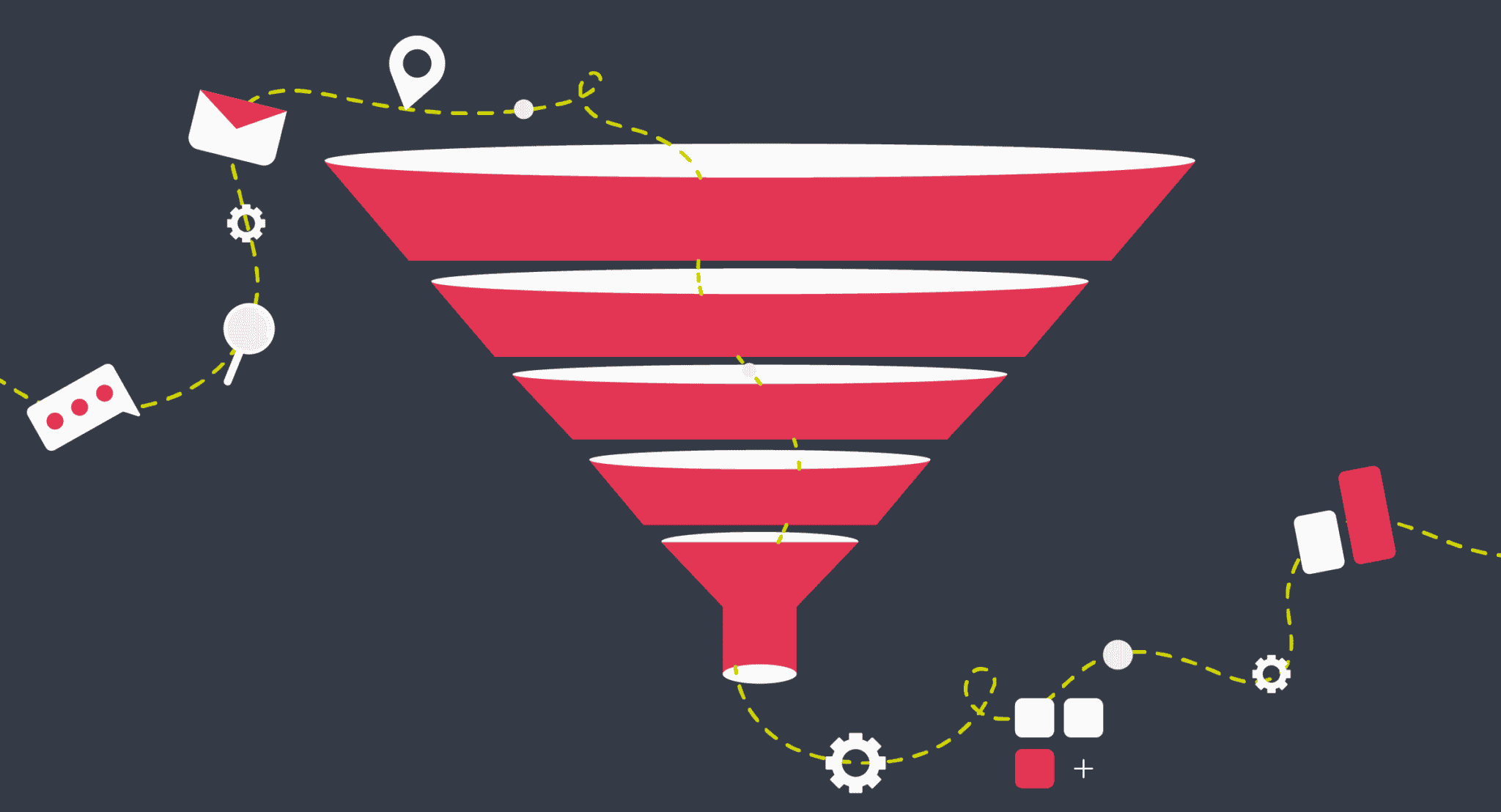
Updated on by Hayley Brown
Integrations are an important part of a software company’s offering. The ability to integrate a product with lots of different applications makes an organisation a key part of its users’ business software Ecosystem.
For instance, an organisation maintains native integrations to the top ERP and CRMs, such as Salesforce, Hubspot and NetSuite. Through these integrations, the organisation supports the most standardised cases pertaining to B2B SaaS companies.
But, what happens when you receive customer-specific integration requirements that are outside of your current native integration capabilities?
Embedded Integration Enabler for Customer-Specific Integrations
Native integrations can be further leveraged with an embedded integration enabler. They can solve customer-specific integration requirements that are outside of current native integration offerings.
Let’s look at a billing software organisation as an example. The billing software’s native CRM integrations help to automate sales and support processes, with workflows such as an automatic subscription created upon closed won sales. These integrations with accounting applications synchronize all transactional data. Providing for automated general ledger management and monthly close processes.
They can primarily be used to service prospects’ new, unsupported integration requests. This means the billing organisation, as mentioned above, won’t lose out on deals that otherwise may have been compromised by potentially lengthy integration development processes.
This flexibility allows an organisation to quickly ascertain if there is a connector readily available so they can execute the integration build. If there isn’t the embedded iPaaS are there to help build and add the integration. The organisation is therefore supported by robust processes for custom integration requests and builds.
With embedded integration enablement tools, the process has been transformed from complex coding exercises to a visual drag-and-drop experience.
Codeless Integration to Connectors
Billing software sits at the core of a business. This is where a product catalogue lives, where all billing and payment collection takes place. A broad scope of processes can be integrated with billing software to facilitate running a business more efficiently.
Integrations can be built with communication tools like Slack and marketing apps like MailChimp, so new activities in billing trigger notifications to internal teams or directly to customers.
For instance, if a customer’s payment has failed or the payment method has expired the automation can be triggered when a payment attempt has been made and failed. This will notify the customer through their chosen communication tool. They can then proactively find a solution.
With the billing connector available in an API Connector library, the company can ensure that other SaaS companies can easily integrate their services into their business processes without having to code anything.
Stay Focused on your Product Roadmap
So in the past, our billing organisation example would have customers come to them with new integration requests and would have had to make a decision. This decision was about whether to take engineers away from developing their core product and features, so they could make the customer’s integration requests possible.
Essentially deviating from their product roadmap.
With embedded integration enablement the billing organisation doesn’t need to divert attention away from its core product roadmap. The time and attention of engineers can remain dedicated to the core product. Leaving members of the billing software team can use third-party integration tools to deliver integrations to prospective customers.